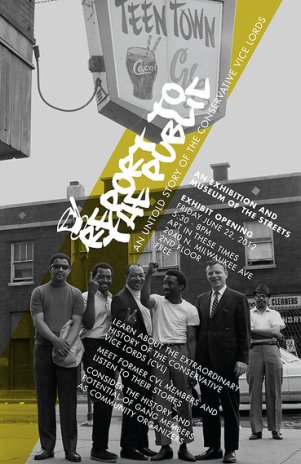Periodically, a Lakefront Historian contributor surveys recent public history-related news that emerges on the Internet. In this installment of “Around the Web,” Anne E. Cullen highlights new digital collections and blogs, museum reviews, and pop culture happenings that exemplify public history online. Follow The Lakefront Historian on Twitter (@LakefrontHist) for news updates as they happen.
- Since we’re all about mythical figures re-examined through the lens of feature films here on the Lakefront Historian (read our recent roundtable reviews of Abraham Lincoln: Vampire Hunter), we couldn’t help but notice another historical heavy-weight recently memorialized at the box office: Marie Antoinette. Farewell, My Queen, based on the award-winning novel Les Adieux à la Reine by Chantal Thomas, hit theaters this July 13th. Watch the trailer here.
- Threadbared’s review of the Tattered and Torn: On the Road to Deaccession exhibit on NYC’s Governor’s Island explores historical value, material culture, and costume collections.
- Speaking of fashion and public history, in July the Chicago History Museum debuted an online digital collection showcasing their costume collection. With over 50,000 pieces from the mid-18th century to the present, CHM’s collection is the second most expansive fashion collection after that of the Metropolitan Museum of Art.
- Another new online collection? Don’t forget to check out the Grateful Dead Archive Online which includes over 45,000 digitized items from the library at the University of California at Santa Cruz.
- The Chicago History Museum commemorated the 1919 Chicago Race Riot with a blog post built around Jun Fujita’s photographs of the tragic violence.
- Loyola Chicago’s own Women and Leadership Archives recently launched a new tumblr. The blog features fun and interesting photographs from WLA’s collections and also highlights other online content related to women and history. Check out the tumblr here.
- The National Archives is recognizing the 22nd anniversary of the signing of the Americans with Disabilities Act (ADA) with a web research page highlighting Presidential records related to people with disabilities throughout US history.
- And in honor of the 2012 Summer Olympics in London, be sure to watch this amusing video that uncovers the secret history of the City of London.


 Lower East Side tenements
Lower East Side tenements